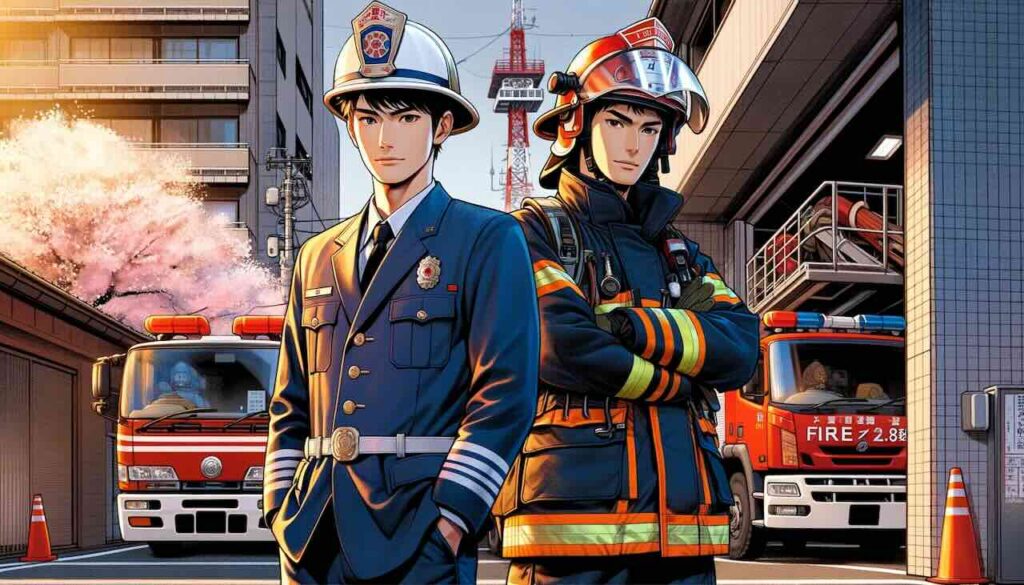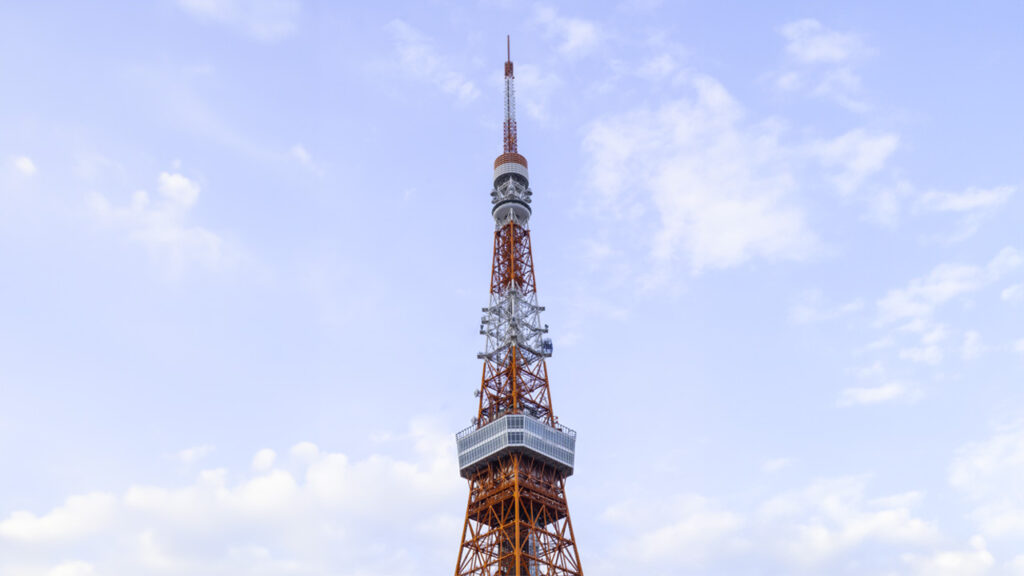When most people think of Japanese culture, they often picture ancient temples, sushi, or cherry blossoms. Yet few realize that Japan also operates one of the world’s most unique and sophisticated firefighting systems — blending full-time professional firefighters with an extensive volunteer network rooted in centuries of tradition. Understanding this dual structure not only offers insight into Japan’s approach to public safety but also reveals cultural values deeply tied to community, duty, and disaster preparedness.
- The Structure of Firefighting in Japan: A Dual System
- Career Firefighters in Japan: Highly Trained Public Servants
- Volunteer Fire Brigades (Shōbōdan): A Japanese Tradition
- Key Differences Between Career and Volunteer Firefighters
- Cultural Significance: More Than Just Firefighting
- Challenges and Modernization
- Summary
The Structure of Firefighting in Japan: A Dual System
Japan’s firefighting system operates at the municipal level rather than at a national or federal level. Every city, town, and village manages its own fire department under the oversight of the Fire and Disaster Management Agency (FDMA), part of the Ministry of Internal Affairs and Communications.
This system consists of two core components:
- Career Firefighters (消防職員, Shōbō Shokuin) — Full-time, salaried professionals who handle daily firefighting, rescue operations, disaster response, and medical emergencies.
- Volunteer Fire Brigades (消防団, Shōbōdan) — Community-based volunteers who support professional firefighters, especially during large-scale disasters, festivals, and preventive activities.
Both groups play vital roles in safeguarding Japan’s cities and rural areas, but their duties, training, and working conditions differ significantly.
Career Firefighters in Japan: Highly Trained Public Servants
Japan’s career firefighters are municipal employees who undergo extensive education and rigorous physical training. Their responsibilities extend far beyond firefighting:
- Fire suppression and rescue operations
- Earthquake and tsunami disaster response
- Hazardous material management
- Emergency medical services (EMS)
- Public safety inspections and fire prevention education
To become a career firefighter, candidates must pass competitive civil service exams, physical fitness tests, and complete months of specialized training at regional fire academies.
Many Japanese fire departments also maintain elite rescue teams (特別救助隊, Tokubetsu Kyūjo Tai) and specialized Disaster Medical Assistance Teams (DMAT) to respond to complex emergencies, including Japan’s frequent natural disasters.
Volunteer Fire Brigades (Shōbōdan): A Japanese Tradition
The Shōbōdan (消防団) system is where Japan’s approach stands apart from many Western nations. Volunteer fire brigades have a deep historical and cultural significance:
- The roots of Japan’s volunteer firefighting date back to the Edo period (1603–1868), when “Hikeshi” (firefighters) protected crowded wooden towns from devastating fires.
- Today, over 800,000 volunteers serve in Shōbōdan units across Japan, making it one of the largest volunteer firefighting forces in the world.
- Unlike purely volunteer systems in the West, Shōbōdan members typically have full-time jobs but undergo regular training and participate in drills, community education, and emergency response when needed.
Volunteer fire brigades are especially vital in rural communities, where professional fire departments may be smaller or more distant. During major disasters like the 2011 Great East Japan Earthquake, volunteer brigades played a crucial role in rescue operations and community support.
Key Differences Between Career and Volunteer Firefighters
| Aspect | Career Firefighters | Volunteer Fire Brigades (Shōbōdan) |
|---|---|---|
| Employment | Full-time municipal employees | Community volunteers |
| Compensation | Salaried | Modest stipends or allowances |
| Training | Comprehensive fire academy education | Periodic local training |
| Duties | Daily fire/rescue/EMS operations | Support during major events/disasters, public education, drills |
| Deployment | 24/7 shifts | On-call as needed |
Both groups operate under the same municipal fire department umbrella and often coordinate closely during emergencies.
Cultural Significance: More Than Just Firefighting
The continued importance of volunteer brigades reflects Japan’s strong sense of community responsibility and disaster preparedness:
- In many small towns, joining the Shōbōdan is seen as a civic duty and source of local pride.
- Annual fire drills known as Dezomeshiki (出初式) are held each January to honor firefighters and showcase public readiness.
- Shōbōdan members often participate in local festivals, safety education, and community events, strengthening social ties.
This blend of professional expertise and community participation creates a resilient disaster response system, particularly valuable in a country so frequently threatened by earthquakes, tsunamis, and typhoons.
Challenges and Modernization
While Japan’s dual system remains effective, it also faces modern challenges:
- Declining rural populations reduce the pool of available volunteers.
- Younger generations may struggle to balance demanding jobs with Shōbōdan commitments.
- Ongoing efforts are being made to modernize equipment, training, and recruitment strategies while preserving the spirit of community engagement.
Nonetheless, Japan’s integrated approach to firefighting remains a global model for how professional and volunteer forces can complement one another.
Summary
Japan’s firefighting system is a fascinating reflection of the country’s cultural values: blending highly trained career professionals with deeply rooted community volunteer brigades. From bustling Tokyo to remote mountain villages, this dual approach ensures rapid, efficient response to fires, disasters, and emergencies of every kind. More than just public servants, both groups embody Japan’s commitment to safety, preparedness, and mutual aid — values deeply woven into the fabric of Japanese society.


